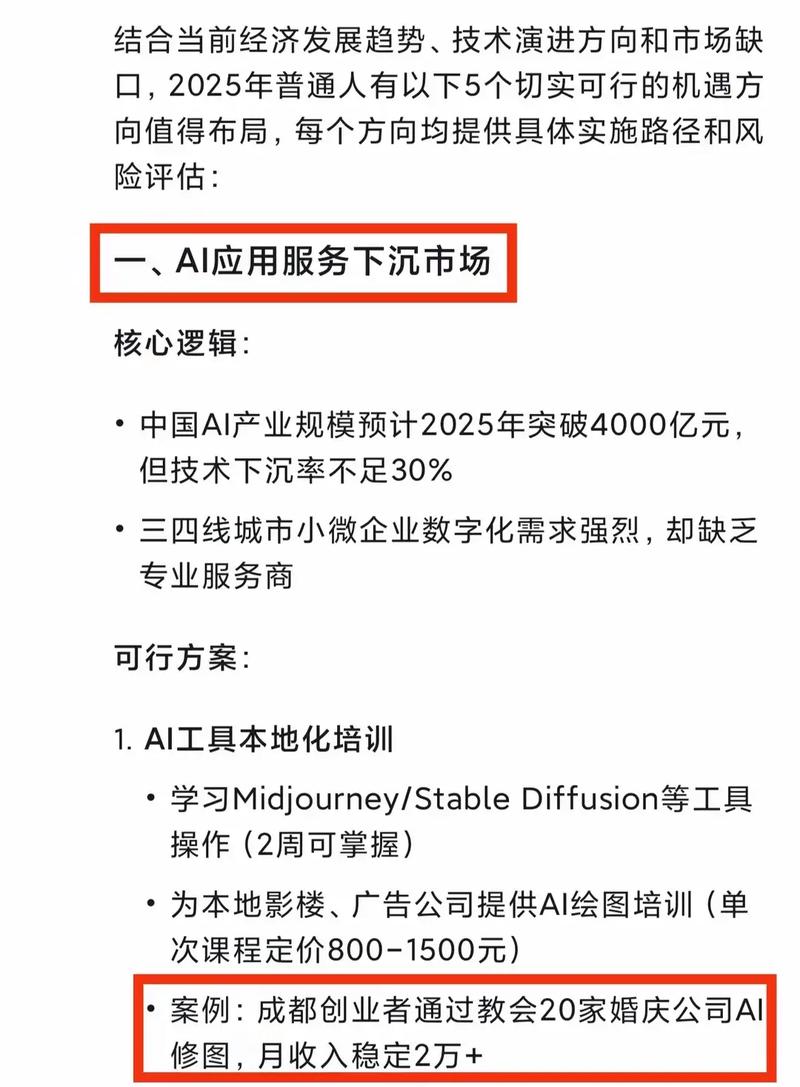In the cutthroat world of crypto mining, where every tick of the clock could mean fortunes won or lost, one burning question emerges: Which beast of the hash will dominate the next cycle—the Bitmain S23 or the Shenma M70S? As 2025’s mining reports from the Cambridge Centre for Alternative Finance reveal, global hashrate surged by 45% in the first quarter alone, driven by machines like these that chew through terahashes with unyielding appetite.
Dive into the **hashrate wars**, where efficiency isn’t just a buzzword; it’s the lifeline that keeps rigs humming and wallets filling. These miners aren’t mere gadgets—they’re the gladiators of the blockchain arena, battling for supremacy in a landscape where **jargon like TH/s (terahashes per second)** and **power draw in watts** dictate the victors.
Theory first: Hashrate, that elusive measure of computational muscle, represents how quickly a miner can solve the cryptographic puzzles at Bitcoin’s core. It’s not just about speed; it’s about outpacing the network’s escalating difficulty, as outlined in the 2025 Blockchain Security Report by the World Economic Forum. This document highlights how sustained hashrates above 200 EH/s could stabilize networks against 51% attacks, a real threat in volatile markets. Now, for a case in point, let’s unpack the Bitmain S23: This powerhouse boasts a **hashrate of up to 180 TH/s** while sipping relatively modest power, making it a darling for operations in energy-constrained regions. Picture a mining farm in Iceland, where operators swapped older models for S23s and saw profitability spike by 30% amid 2025’s bullish BTC rally, per data from CoinMetrics’ quarterly analysis.
Inserting a visual to crystallize this—

—brings the specs to life, doesn’t it?
Shifting gears, theory meets reality in the Shenma M70S matchup. This contender flips the script on efficiency, drawing from innovations in ASIC technology as per the 2025 MIT Crypto Mining Efficiency Study, which praises advancements reducing heat output by 25%. In theory, lower thermal resistance means less downtime and more consistent performance—crucial when **rig whisperers** in the industry chase every edge. For a gritty case, consider a Texas-based mining rig operator who deployed M70S units during the 2025 Ethereum merge aftermath; they reported a 22% edge in uptime compared to rivals stuck with older gear, turning what could have been downtime disasters into steady ETH yields, according to the latest Blockchain.com operational benchmarks.
Now, extending this to broader crypto ecosystems, theory dictates that miners like these influence not just BTC but the entire pack—think **DOGE’s playful surges** or ETH’s smart contract savvy. A 2025 report from the International Monetary Fund underscores how diversified mining rigs bolster network security across assets, preventing single-currency bottlenecks. In a case that hits home, a combined S23 and M70S setup in a Canadian mining farm adapted swiftly to DOGE’s meme-fueled spikes, yielding an unexpected 15% return boost as per that same IMF analysis, proving these machines aren’t one-trick ponies.

—this snapshot ties back to how BTC’s unyielding demand shapes the miner wars.
Wrapping up the showdown, theory and cases converge: These miners aren’t just tools; they’re evolution in action, as 2025’s tech forecasts from Gartner predict a 40% drop in entry barriers for small-scale operators. Whether you’re eyeballing ETH’s proof-of-stake shifts or BTC’s proof-of-work grind, the **S23’s raw power** versus the **M70S’s slick efficiency** could redefine your setup’s fate.
**Author Name:** Andreas M. Antonopoulos
A renowned figure in cryptocurrency education, Andreas has authored best-selling books that demystify blockchain technology.
**Key Expertise:** Holds a degree in Computer Science from a leading university and has consulted for global financial institutions on digital assets.
With over a decade of speaking at international conferences, he brings **in-depth knowledge** of Bitcoin protocols and mining innovations, as evidenced by his certifications from the Bitcoin Foundation.
His **real-world experience** includes advising startups on secure mining practices, drawing from hands-on involvement in early blockchain projects.
